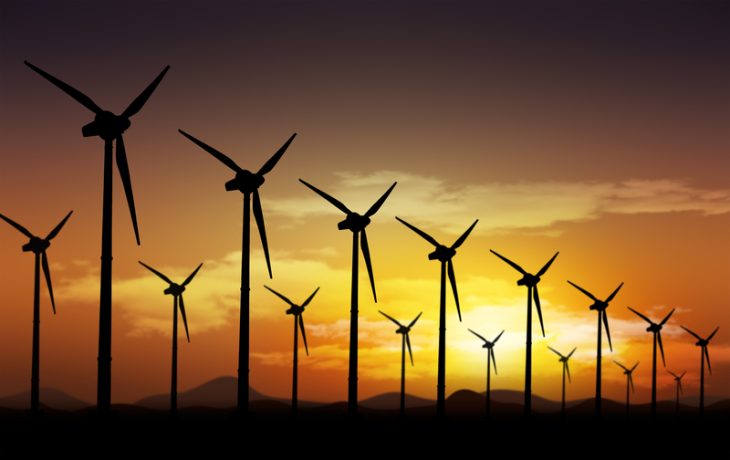World wind-powered electricity output could hit record highs over the coming weeks as wind speeds pick up across key wind farms in China, Europe and the United States as the northern hemisphere spring sets in.
Fossil fuel-powered generation also tends to drop during the spring months due to lower heating demand, which allows for wind power to register its highest share of total electricity production for the year during the spring months, according to Reuters.
Wind speed changes are particularly important in China and the United States, which are the top two wind generation markets globally and account for around 55% of worldwide wind power output, according to energy think tank Ember.
In 2023, China’s wind sector generated a new record of 867 terawatt hours (TWh) of electricity thanks to strong pick ups in wind speeds during spring and winter.
The United States, however, registered a rare contraction in wind generation in 2023 due to below-average wind speeds during early summer.
That mid-year underperformance of the U.S. wind sector came despite an increase in overall wind generation capacity in 2023, and that capacity is expected to have climbed higher still as of the start of 2024.
Higher wind speeds and reduced production from coal and natural gas-fired power plants helped push wind power’s share of total electricity generation in China and the United States to a record last April of 13.05% and 13.95% respectively.
This year, increased wind generation capacity in both countries, as well as in Europe, could propel wind power’s share of generation mixes higher still, and help wind power score a record share of worldwide electricity generation.
In 2023, wind power’s share of global electricity generation peaked at 9.59% in November.
But in 2024 that share could easily surpass the 10% threshold if wind farms across the United States and China receive the usual rise in wind speeds and perform at capacity.
Wind speeds across key wind generation zones in Asia, Europe and North America are already approaching their historical peaks for the year, according to the Global Wind Atlas.
